What is the difference between 201 stainless steel and 304 stainless steel?
 What is the difference between 201 st...
What is the difference between 201 st...The essential difference between cast iron and cast steel lies in the difference in chemical composition. In engineering, it is generally believed that the carbon content is higher than 2% as iron, and the lower value is steel.
Due to the different components, the microstructure and properties are also different. Generally speaking, steel has better plasticity and toughness, such as elongation, area shrinkage and impact toughness, while iron's mechanical properties are hard and brittle.
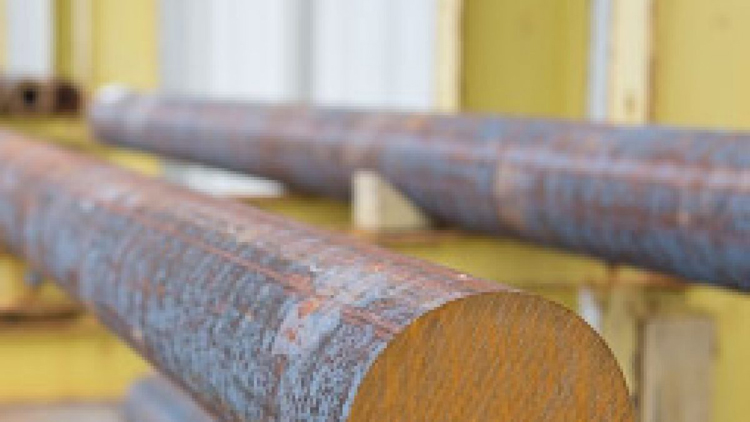
Some cast irons also have some special properties, the specific analysis is as follows:
Cast iron is an iron-carbon alloy with a carbon content of more than 2%. Industrial cast iron generally contains 2% to 4% carbon. Carbon exists mostly in the form of graphite in cast iron, and sometimes in the form of cementite. In addition to carbon, cast iron also contains 1% to 3% silicon, as well as manganese, phosphorus, sulfur and other elements. Alloy cast iron also contains elements such as nickel, chromium, molybdenum, aluminum, copper, boron, and vanadium.
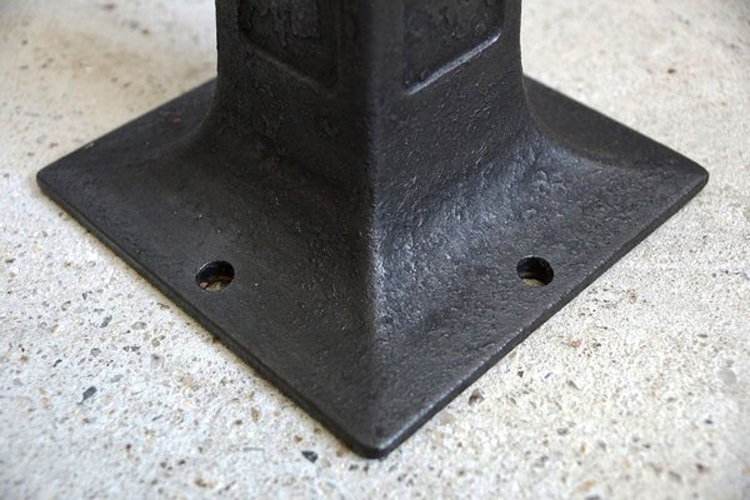
Carbon and silicon are the main elements that affect the microstructure and properties of cast iron. Cast iron can be divided into:
①Grey cast iron. The carbon content is high (2.7% to 4.0%), the carbon mainly exists in the form of flake graphite, and the fracture is gray, which is referred to as gray iron. Low melting point (1145~1250℃), small shrinkage during solidification, compressive strength and hardness close to carbon steel, good shock absorption.
② white cast iron. The content of carbon and silicon is low, carbon mainly exists in the form of cementite, and the fracture is silvery white. During solidification, the shrinkage is large, and shrinkage cavities and cracks are easily generated. High hardness and brittleness, can not withstand impact loads.

④ Ductile iron. The gray cast iron molten iron is obtained by spheroidizing, and the precipitated graphite is spherical, referred to as ductile iron. Compared with ordinary gray cast iron, it has higher strength, better toughness and plasticity.
⑤ vermicular graphite cast iron. The gray cast iron molten iron is obtained by vermicularization, and the precipitated graphite is vermicular. The mechanical properties are similar to those of ductile iron, and the casting properties are between gray cast iron and ductile iron.

⑥ Alloy cast iron. Ordinary cast iron is obtained by adding appropriate alloying elements (such as silicon, manganese, phosphorus, nickel, chromium, molybdenum, copper, aluminum, boron, vanadium, tin, etc.). Alloying elements change the matrix structure of cast iron, so that it has corresponding heat resistance, wear resistance, corrosion resistance, low temperature resistance or non-magnetic properties.
Cast steel is the steel used to cast castings. A type of cast alloy. Cast steel is divided into three categories: cast carbon steel, cast low alloy steel and cast special steel.
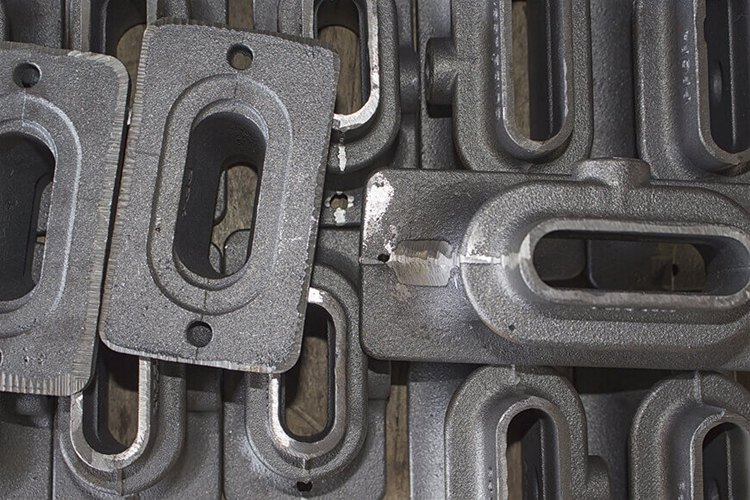
①Cast carbon steel. Cast steel with carbon as the main alloying element and small amounts of other elements. Those with a carbon content of less than 0.2% are cast low carbon steels, those with a carbon content of 0.2% to 0.5% are cast medium carbon steels, and those with a carbon content greater than 0.5% are cast high carbon steels. With the increase of carbon content, the strength and hardness of cast carbon steel increase. Cast carbon steel has high strength, ductility and toughness, and is low in cost, and is used in heavy machinery to make parts that are subjected to large loads.
②Cast low alloy steel. Cast steel containing alloying elements such as manganese, chromium, and copper. The total amount of alloying elements is generally less than 5%, which has greater impact toughness and better mechanical properties through heat treatment. Casting low alloy steel has better performance than carbon steel, which can reduce the quality of parts and improve the service life.

③ cast special steel. Alloy cast steel, which is refined to meet special needs, has a wide variety and usually contains one or more alloying elements in high amounts to obtain certain special properties.
How to distinguish between cast iron and cast steel in actual production and life:

(1) Brightness. The cast steel is bright, the cast iron is dark and gray, and the gray iron in the cast iron is different from the ductile iron, and the ductile iron is brighter than the gray iron.
(2) Particles. Cast steel is very dense and particles are generally invisible to the naked eye. Both gray iron and ductile iron can see particles, and gray iron particles are larger.
(3) SOUND. The collision of steel castings is "just", which is different from the sound of iron castings.
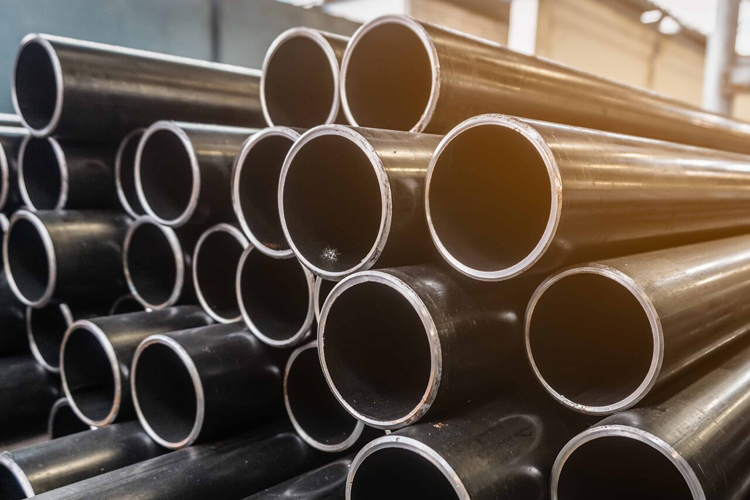
(4) Gas cutting. The surface of the steel casting is rough, and the riser and gate area are large, which must be cleaned by gas cutting. Nodular cast iron gas cutting continuously.
(5) Toughness. The toughness of cast steel is close to that of steel plate, while the toughness of ductile iron is slightly inferior. Thin-walled parts can reach a bending of 20-30 degrees, and gray has no toughness.
(6) The difference between malleable steel and ductile iron.
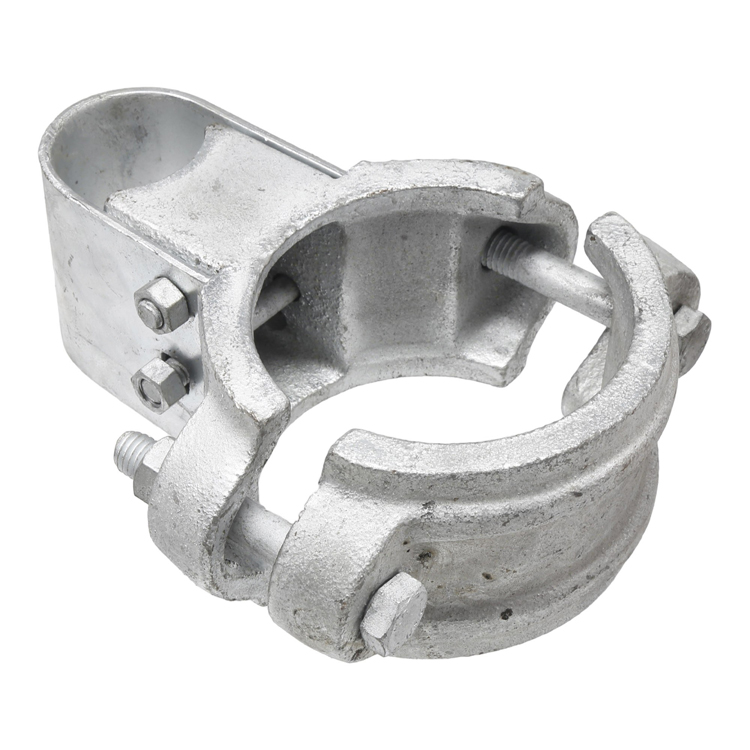
The hardness, wear resistance and tensile strength of ductile iron are far greater than those of malleable steel, and the tensile strength can reach 1000MPa. Ductile iron can be used as various high-strength structural parts such as engine crankshafts and gears. The method of listening to the sound can distinguish between malleable steel and ductile iron. Malleable steel has a very sharp and short sound; ductile iron has a loud sound and a long echo. Although the two are both iron-carbon alloys, due to the different percentages of chemical elements such as carbon, silicon, manganese, phosphorus, and sulfur, they have different metallographic structures after crystallization, and show many differences in mechanical properties and process properties. . For example, in the cast state, the elongation, area reduction and impact toughness of cast iron are lower than those of cast steel, and the compressive strength and shock absorption performance of cast iron are better than those of cast steel. The fluidity of gray cast iron is better than that of cast steel, and it is more suitable for casting thin-walled castings with complex structures. In the bending test, the cast iron is brittle fracture, and the cast steel is bending deformation. and many more. Therefore, they are suitable for casting parts with different requirements.
 What is the difference between 201 st...
What is the difference between 201 st... Why is 316 stainless steel better tha...
Why is 316 stainless steel better tha... 400 series stainless steel science
40...
400 series stainless steel science
40... How to distinguish the processing tec...
How to distinguish the processing tec... Non-standard design materials of bras...
Non-standard design materials of bras... What type of titanium alloy does Tc4 ...
What type of titanium alloy does Tc4 ...